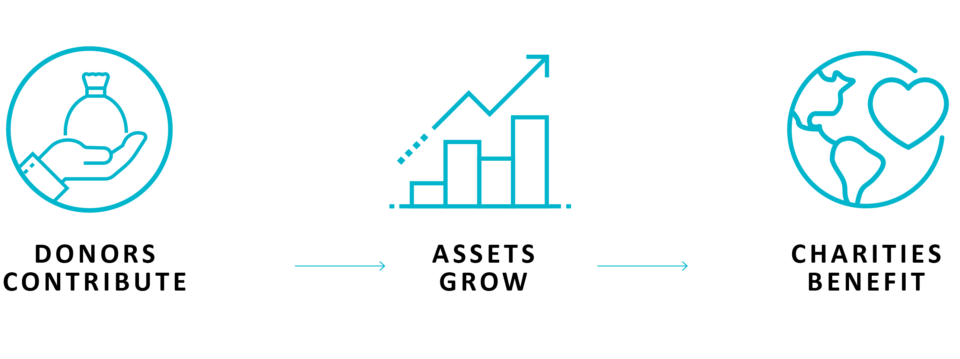
What to Consider After the Birth of a Child
February 1, 2023
Quarterly Market Review April 2023
April 1, 2023By Tanner Doudna
We are firm believers that everyone should have an emergency fund. As much as we all may like to plan out our finances, there are just unforeseen expenses that you need to be prepared to pay. This can range from your dog “surprisingly” biting a hole in about five soccer balls (anyone else!?) to the unexpected broken arm of one of your children. The rule of thumb is to have three to six months of living expenses in the bank at all times. The more sources of income you have, the closer you can get to that three-month target. My question to you is: are you paying attention to the interest rate you are earning on your emergency fund?
Over the last decade, the federal funds rate has hovered around a historically low… 0%. With interest rates so low, the interest rate on bank accounts went “out of focus” for many people. For someone with $20,000 in savings, the extra $80 per year they could get on a high-yield savings account paying 0.40% vs. the pennies being made at the “big banks” may have not been worth the inconvenience. Over the last year or so, things have changed.
The Fed has rapidly increased interest rates in an effort to combat high inflation. In response, many banks have raised the interest rates on their customer’s accounts. Two of my favorites, Synchrony Bank and Marcus are currently paying 4.00% FDIC Insured. Compare that to the current national average of 0.35% and you’ll see a big difference. Even worse, big banks like Chase and Bank of America are still only paying a rate of 0.01%.
This means that for someone with $20,000 in savings, the difference in interest per year between Synchrony (paying $800) and Bank of America (paying only $2) is stark. Got more than $20,000 in the bank? That extra interest could buy A LOT of soccer balls…




